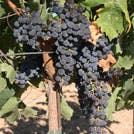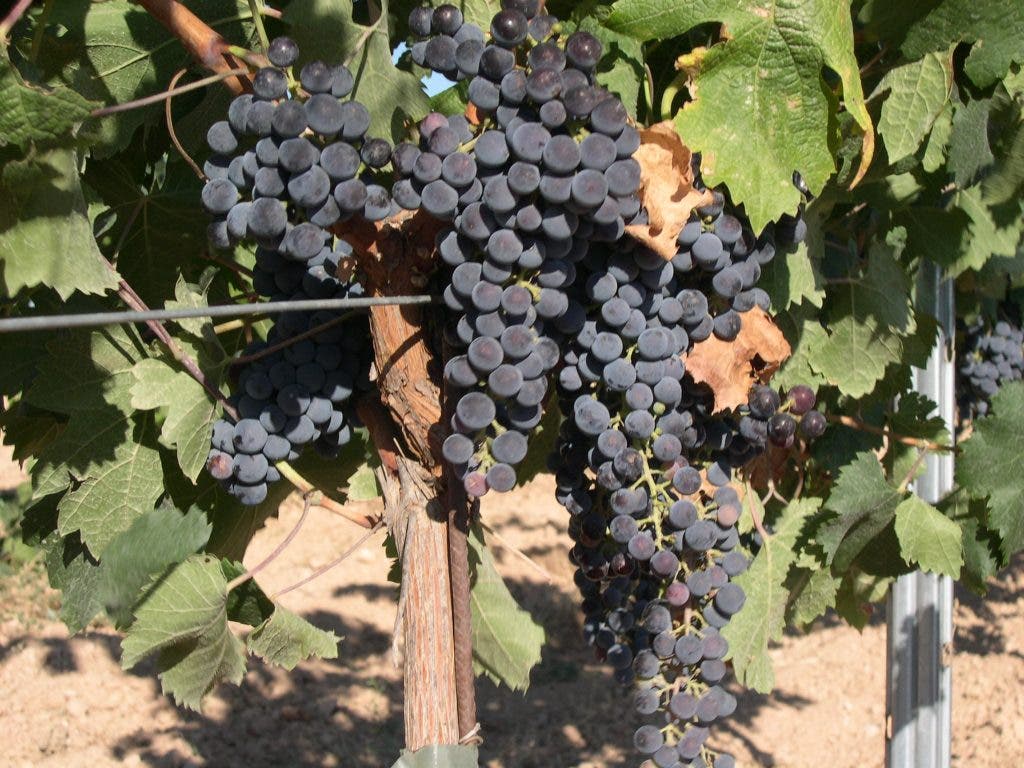
Quite unlike like Miles Raymond in the awesome film ‘Sideways’ … if anyone orders Merlot, I’m staying. I am very happy to drink f%^&ing Merlot!
Merlot doesn’t get much love here in Australia – variously accused of being thin and reedy (region too cold) or soft and fat (region too warm) but rarely awesome, refined, structured or fruit intense. Much of the blame for Aussie Merlot being ‘crap’ has been ascribed to our clonal selections of Merlot – the most widely planted being D3V14, sourced from UC Davis in California in the mid 60s. It can make superb wine but it needs to be planted in the right sites and requires a lot of work in the vineyard to produce quality fruit. Historically most Aussie producers simply haven’t treated Merlot with that level of care. ‘Proper’ varieties, like Pinot, Shiraz, Cabernet etc have more time and money spent on them in the vineyard and winery because they yield a better return on that investment. Merlot is often treated as an afterthought and is rarely provided the opportunity to shine in its own right … ‘straight Merlot’ bottlings in Australia are often comprised of the bits left over after the ‘more important’ and expensive Cab Merlot blend had been made … and everyone knows Cab Merlot isn’t as good as straight Cab, right?
That said, quite a few Aussie wineries can summon enough magic with the D3V14 clone to get you taking a Sideways glance at a second glass. Irvine for instance, with very careful site selection and plenty of time invested in the vineyard with regards to shoot and fruit thinning, a hawkish eye to pick the fruit slap in the middle of its narrow ‘highest quality’ window and plenty of attention in the winery, have consistently produced good to superb Merlot, twice being awarded the title of Best in the World. Leconfield have also long made rippingly good Merlot with the D3V14 clone, regularly picking up big points, golds and trophies.
So it’s hard to know with Merlot what is most important – a winery and maker who cares about the variety or the actual clones used. Either way, Leconfield clearly care about the variety and have made the choice to transition away from D3V14. Now about 80% of their straight Merlot is produced from Q4514 (sourced from Canada but of Italian origins) and 8R (from Argentina). These clones, planted in the right spots, provide a better fruit to leaf ratio, earlier ripening, lower bunch weights, smaller berries, better intensity and purity of fruit. Perhaps as a result, Leconfield’s historically excellent merlot is on the path to becoming outstanding...

Cheat Sheet
| The name 'Merlot' is thought to derive from the Old French word for young blackbird, merle. |
| It's DNA links it to Cabernet Franc, Carménère, Malbec and Cabernet Sauvignon. |
| It is one of the grapes permitted for use in making Bordeaux wines, along with Cabernet Sauvignon, Cabernet Franc, Petit Verdot, Malbec and rarely Carménère. |



